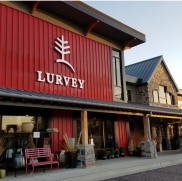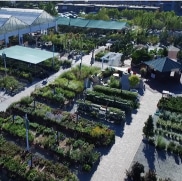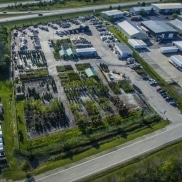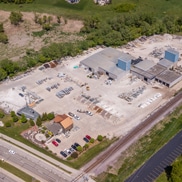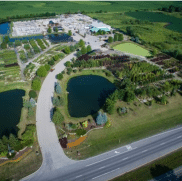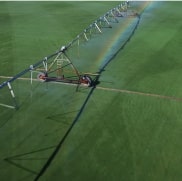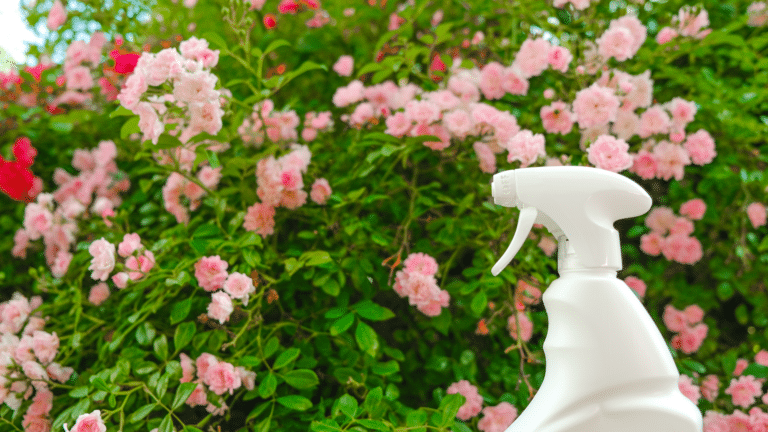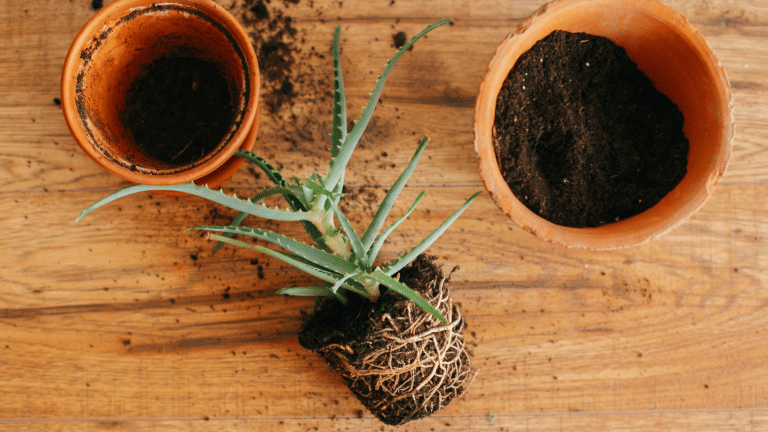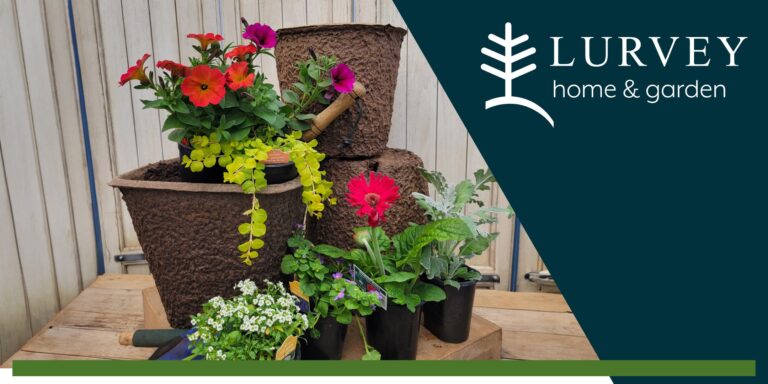Spruce, Pine, Hemlock, Arborvitae, Juniper, Yew, Cypress, Broadleaf Evergreen, Rhododendron, Azalea, Boxwood, Holly.
Objective
Specimen plant, privacy screen, windbreak, groundcover, year around interest, flowers, shade, foundation planting.
Evergreen Requirements
Growing conditions – shade, sun, moist/dry/clay/sandy soils, soil pH, wind. Location – Growth habit – a 40’ specimen tree, a 15’ privacy screen, boxwood as a foundation plant, 4’ azalea as a flowering plant. Consider purpose, nature size and growth rate.
When to plant
Anytime April through October, water plants weekly depending on conditions.
Spring
Time for the roots to develop all year and plants can acclimate before winter cold. Summer – Newly planted plants can be affected by heat and water issues. Watch for stress. Fall – Early Fall so roots can develop before dormancy. Planting in November needs precautions so not to have winter damage.
Planting
Plant to the soil level in the container or root ball is even with existing soil, be aware of the trunk flare is showing and not planted too deep. Backfill hole with existing soil and compost or amendments such as one step depending on your soil type. Add 2” of mulch around plant but never against the trunk, crater it to have a few inches opening.
Evergreen Care
Using the objectives and requirements for the plant needed will help with specifics on care of the species listed below. Care is different for each species, but some care is generalized.
Watering
Newly planted, once a week watering enough to soak root ball then allowed to dry so roots can search out for water and establish. 1 to 5 gallons depending on plant size. Continue to December until the ground freezes to help moisture content through winter. Established evergreens will benefit from watering during weeks of drought. Mulch is beneficial to keep moisture in the soil. Do not overwater.
Fertilization
In spring as growth begins. Older established evergreens will benefit from organic granular fertilizers spread at the root zone every few years. New plants do not need fertilizer.
Pruning Evergreen
Know the growth habits of the plant. Most evergreens do not need pruning but removing dead branches can be done anytime. If to shape and size, prune in spring before new growth. Trimming or shearing to shape can be done in late spring after growth occurs, cuts will heal, and new growth will form. Yews, junipers, arborvitaes, boxwood grow throughout the season and can be trimmed with shears. Spruces, pines, and hemlock grow one stem or candle per year should be a selective, one branch at a time April to June.
Pest and disease
There are many things that can affect evergreens and diagnosis can be difficult because of similar symptoms and signs. Please ask Lurvey plant health staff.
Evergreen Categories
Trees
Spruce – Can range from a dwarf 2’ variety to a ‘Colorado’ 60’ tall. Shapes can be pyramidal, globe or spreading. Require full to part sun, moist well drained soils, and hates wet soils. They are slow growers and long lived. Use as a specimen plant or screens.
Pine – Many people call all evergreens Pine trees, although pine is the largest family of conifers, it also has many varieties. From dwarf mugho pine that is 2’ tall to the white pine at 80’ tall. Needles are long and with most varieties, soft. Require full sun, moist well drained soil. Pines shed inner needles every few years.
Hemlock – Varieties can grow 4’ to 100’. Grows best in moist acidic well drained soil. It is one of the most shade tolerant evergreens, grows in part shade to sun. Hemlocks have a shallow root system and are susceptible to drought.
Shrubs
Arborvitae – Most used of evergreens in urban plantings. Many varieties are used as hedges, screens, and foundation plantings. Sun to part shade, moist well drained soils. Fast growers.
Juniper – Widely used in urban settings due to variety of cultivars from ground cover to 20’ tall pyramidal shaped trees. Requires sun, can grow in any soil type and is drought tolerant.
Yews – Mainly used as foundation plants or hedges, Taxus media. Grows in full sun to shade, adapts to any soil except will not tolerate wet conditions. Great in urban conditions, easy to grow and prune to shape.
Cypress – Many varieties but few tolerate the Chicago climate. Full sun to part shade, moist well drained soil. Needs protection from winter winds and summer heat.
Rhododendron – Azalea – Many varieties with assorted colors of flowers in spring. Requires shade to 6 hours of dappled sun, well drained, moist acidic soil. In Chicago they need to be planted in a protected area from winter winds and sun, usually on the east or north sides or under the protection of trees.
Boxwood – Used as foundation planting, hedges, boarders. Requires sun to part shade, moist well drained soil, and is adaptable to any soil type. They are slow growers and easily pruned to shape. In Chicago need protection from winter winds.
Holly – Are many varieties with a few that grow in our area. Need protection from winter winds and sun. Best grown on north or east exposures in well drained soils. Slow growers.
